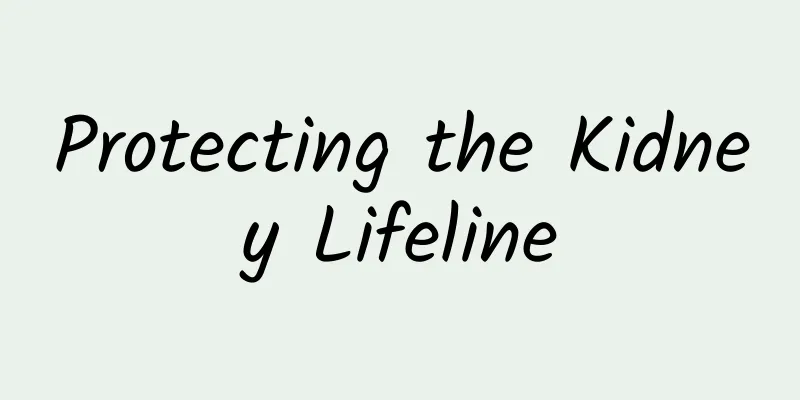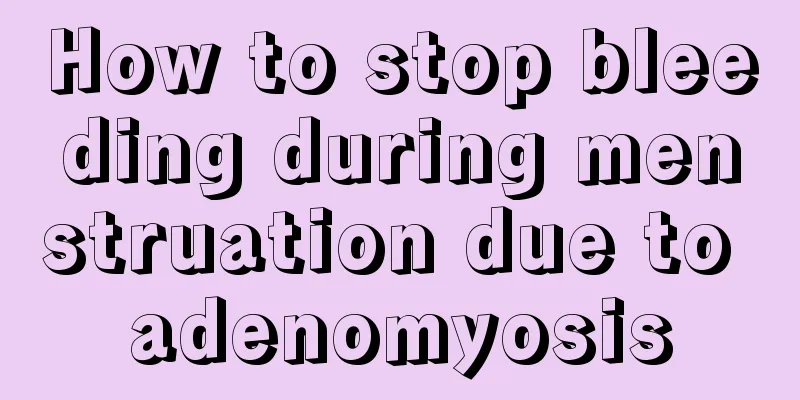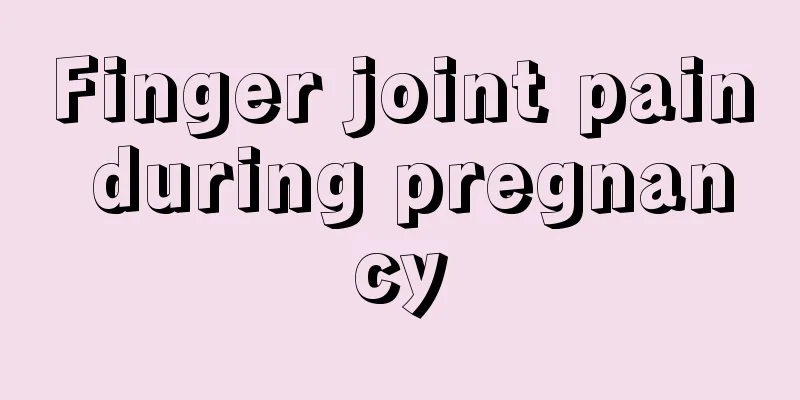Protecting the Kidney Lifeline

|
Why are kidneys the human body’s “water purification plant”? The kidneys filter 180 liters of blood every day, which is equivalent to the volume of 10 barrels of water. These two fist-sized organs are not only responsible for excreting waste, but also have seven core functions, including regulating blood pressure, balancing electrolytes, and promoting hematopoiesis. When the kidney function is lost by 90%, the human body will show obvious symptoms, which is why kidney disease is called the "silent killer." Common habits of modern people, such as staying up late, high-salt diet, and abuse of painkillers, are accelerating kidney aging. Clinical data show that the proportion of people aged 20-30 with abnormal renal function has reached 8.3%, while 30 years ago this figure was only 0.7%. The kidneys have a strong compensatory capacity, but damage exceeding 50% will be irreversible, and timely protection is urgent. Don't ignore the three warning signs Eyelid swelling for more than an hour in the morning, continuous fine foam in the urine (proteinuria), and getting up more than twice at night are the "three steps" sent by the kidneys for help. It is particularly important to note that low back pain is not necessarily a kidney problem, and a feeling of heaviness and swelling in the waist accompanied by hematuria may indicate a serious disease. Patients with diabetes and hypertension need to check urine microalbumin every quarter. Ordinary people are advised to do urine routine + renal function test every year, and avoid strenuous exercise and high-protein diet before the test. If the home test strip test shows positive urine protein, you should see a doctor immediately instead of taking medicine on your own. Get rid of the five common misconceptions about kidney disease Myth 1: If creatinine is normal, everything is fine (it needs to be combined with urine test and imaging); Myth 2: Chinese medicine is safer than Western medicine (Aristolochic acid contained in Aristolochic acid in Aristolochia ternata is nephrotoxic); Myth 3: Dialysis can be addictive (timely dialysis can protect residual renal function); Myth 4: A kidney transplant can cure the disease (lifelong anti-rejection treatment is required); Myth 5: Young people will not get kidney disease (hereditary kidney disease often occurs in young and middle-aged people). The latest blood purification technology can extend the survival of patients with uremia to more than 30 years. Genetic testing can detect hereditary kidney diseases such as polycystic kidney disease in advance, and CRRT continuous renal replacement therapy can win life for critically ill patients. Remember the seven-character formula of "early screening, early diagnosis, and early intervention", and 85% of chronic kidney disease can be effectively controlled. |
<<: Anesthesia and sleep deprivation
>>: "Aimeiyi" prevention and treatment knowledge series - AIDS
Recommend
What to do if pregnant women have frequent fetal movements
Frequent fetal movements in pregnant women are a ...
The unspeakable secrets after cervical cancer surgery
The biopsy results came out, and unfortunately, X...
What should I do if there is a big lump at the vaginal opening?
Women must be responsible for their own bodies an...
What is the cause of the leucorrhea smell after sex?
Women are very prone to gynecological diseases, a...
Don't have diarrhea after ovulation
Some friends have always been worried about the r...
How long does it usually take for menstruation to occur after an abortion?
Abortion is an experience that many women have no...
Which is looser, episiotomy or tear?
The issue of having children is always a hot topi...
What brand is oseque? Which country is oseque from?
Oseque is a very popular brand in Korea in recent...
The role and efficacy of women's pills
Purple salvia miltiorrhiza is a very common preci...
Apple Watch sales may be twice that of iPhone in first year
In the same first year of its launch, Apple Watch...
How long after the full moon can I eat cold food?
Generally speaking, a normal woman needs a month ...
How to eat grapefruit peel? Can pregnant women eat grapefruit peel?
I believe everyone should know that grapefruit pe...
Girls have stomach pain after sex
Many women are troubled by the fact that they exp...
What foods can whiten your skin during confinement?
During the confinement period, if women can seize...
The woman is always bleeding
Except for special circumstances such as menstrua...



![[Pearl Science] How to supplement calcium scientifically?](/upload/images/67f24b8630f49.webp)





